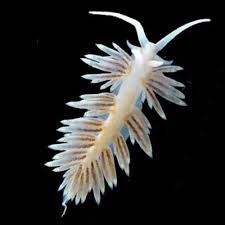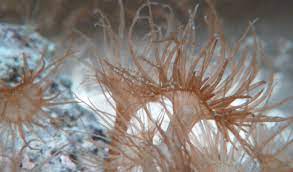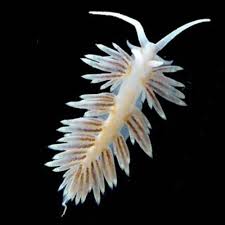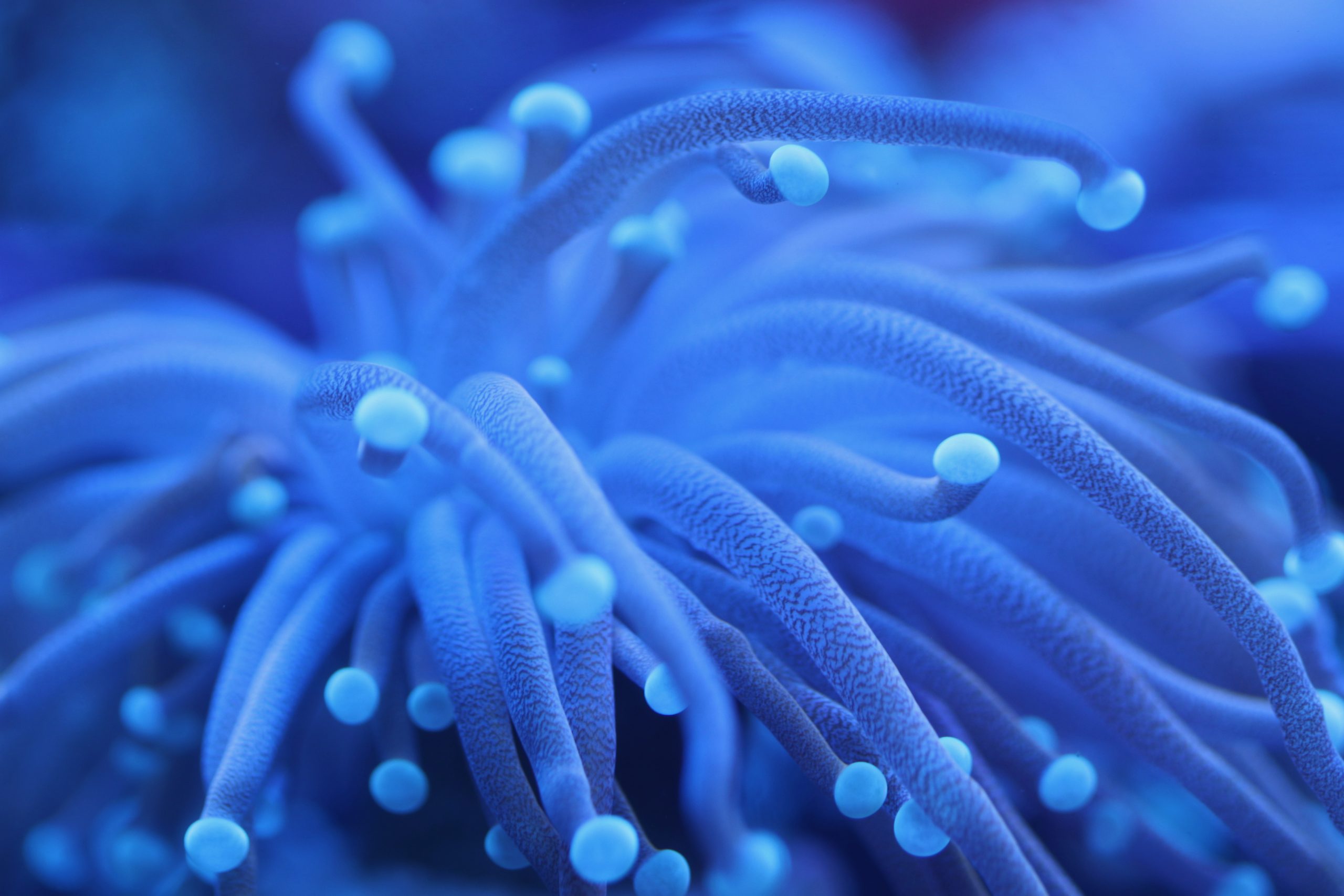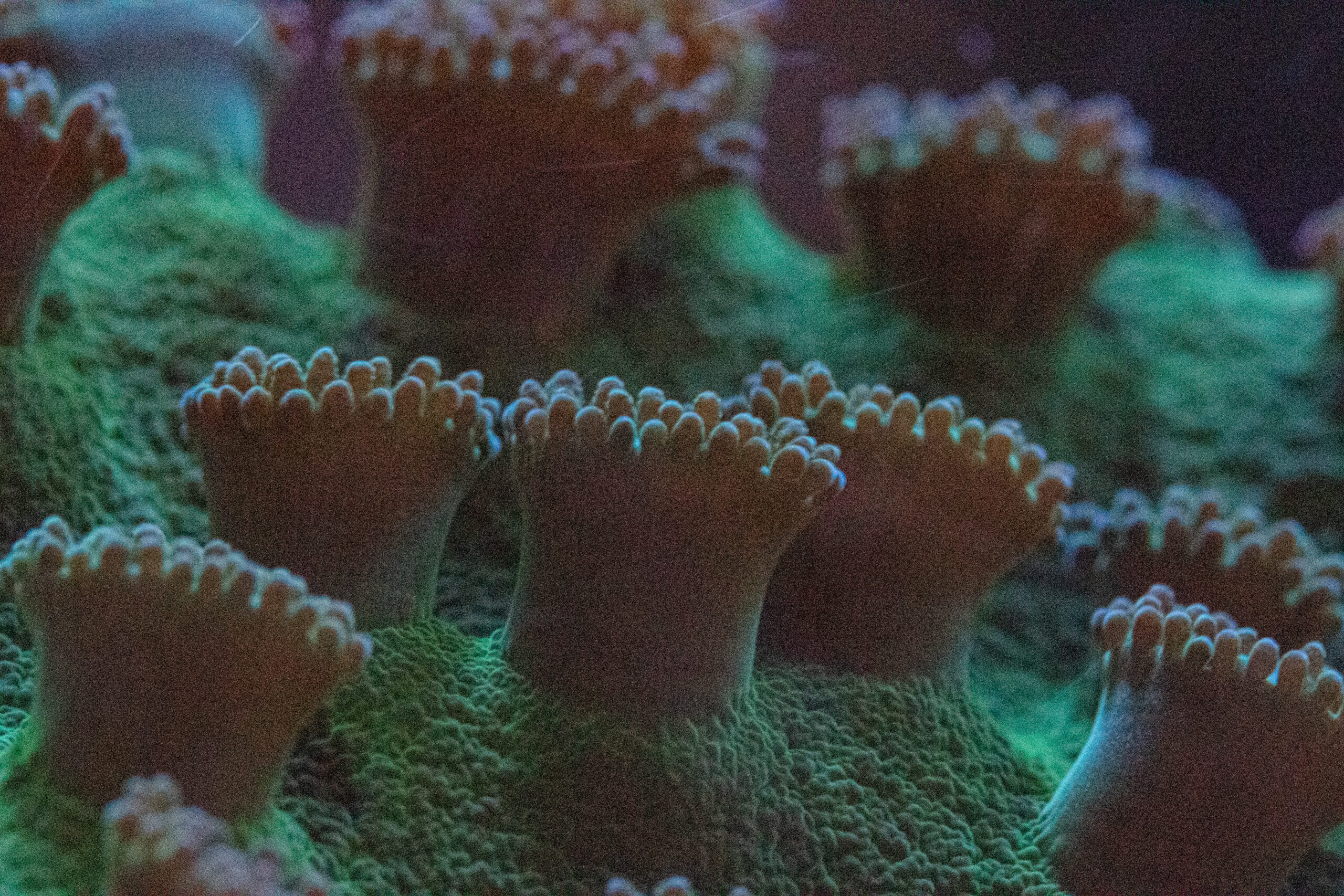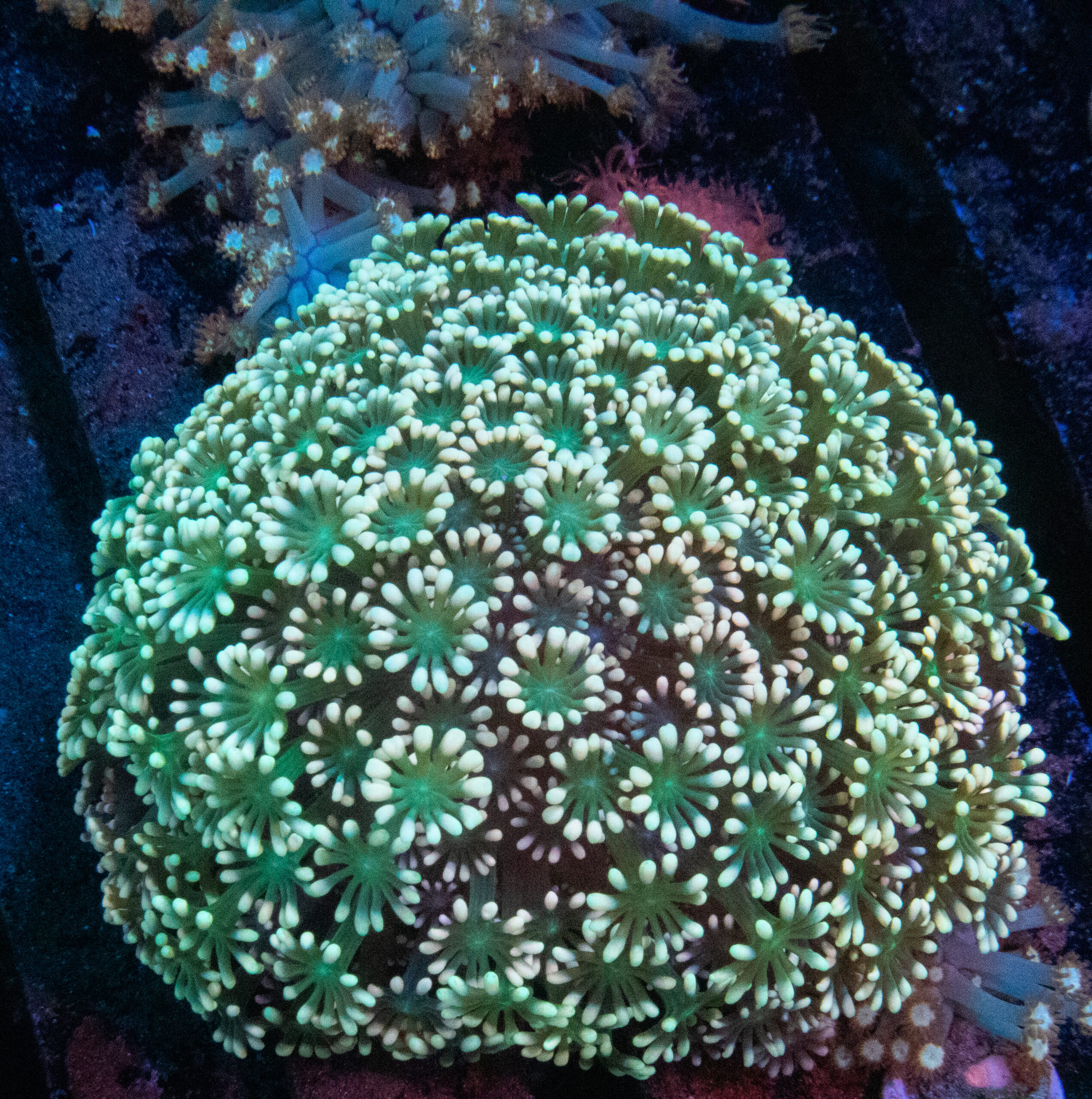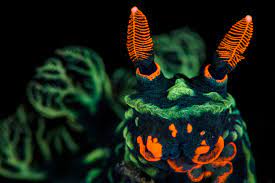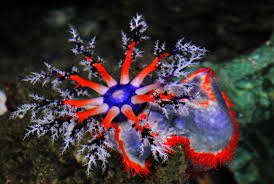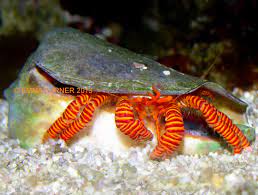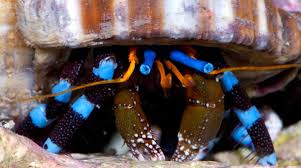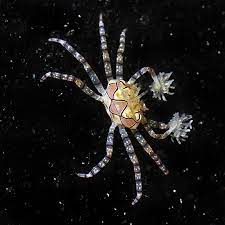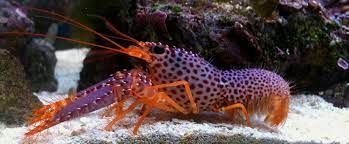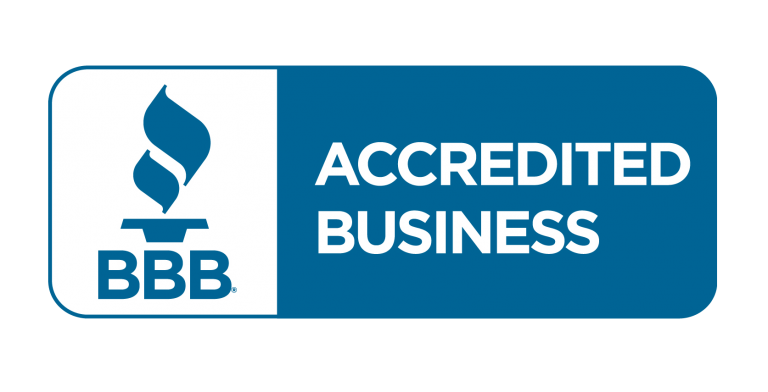The Flamboyant Cuttlefish:

Topics We’ll Cover about the Flamboyant Cuttlefish:
- Cousins
- Care
- Colorfu
- Camouflage
- Cuisine
Introduction:
The underwater world is filled with captivating creatures. One of the most intriguing members of the cephalopod family is the Flamboyant Cuttlefish. In this comprehensive blog post, we’ll dive deeper into the fascinating world of these marine marvels. We Will explore their relationship to other cephalopods, their basic care requirements for aquarium enthusiasts. Also their remarkable color-changing abilities, a broader view of their diet, and insights into their behavior in the wild.
Cuttlefish and Their Cousins:
The Flamboyant Cuttlefish (Metasepia pfefferi) is indeed a cousin in the cephalopod family tree, closely related to squids and octopuses. However, it belongs to a distinct group known as cuttlefish. Within the cuttlefish family, they are further classified under the Sepiida order. What sets them apart from their cousins is their vibrant and mesmerizing coloration. Unlike their relatives, the Flamboyant Cuttlefish is not just a master of camouflage. It also proudly displays its radiant hues to communicate and ward off potential threats.
Taxonomy:
- Kingdom: Animalia
- Phylum: Mollusca
- Class: Cephalopoda
- Order: Sepiida
- Family: Sepiadariidae
- Genus: Metasepia
- Species: M. pfefferi
Color-Changing Wonders:
One of the most astonishing features of the Flamboyant Cuttlefish is its ability to change colors and patterns almost instantaneously. This remarkable display isn’t just for aesthetics; it serves various purposes, including communication, hunting, and camouflage. They use specialized pigment cells called chromatophores to achieve these dazzling displays. This Unique quality makes them true masters of visual communication in the underwater realm.
Basic Care Requirements:
For those who wish to keep the Flamboyant Cuttlefish in a marine aquarium. There are some requirements, it’s essential to provide them with a suitable environment to thrive. Here are some key care requirements:
- The Tank Size reccomendation is at least 30 gallons for a single Flamboyant Cuttlefish. They are small in size but need space to explore and swim.
- Maintain stable water conditions with a temperature between 75°F to 80°F (24°C to 27°C)
- PH level of 8.0 to 8.4. Regular water testing and adjustments are crucial.
- Filtration: Efficient filtration and water flow are essential to ensure water quality. A protein skimmer can help remove organic waste.
- Substrate and Decor: Provide a sandy substrate for burrowing, along with plenty of hiding spots like caves and live rock. They love to explore and hide.
- Tank Mates: Carefully select tankmates that are peaceful and won’t harass the Flamboyant Cuttlefish. Avoid housing them with aggressive or large species.
Dietary Preferences:
Flamboyant Cuttlefish have unique dietary habits compared to other cephalopods. They are primarily carnivorous and prefer live prey. Their diet may include small crustaceans like mysis shrimp, live brine shrimp, small fish, and even small crabs. Ensuring variety in their diet is essential to meet their nutritional needs.
In the Wild:
In their natural habitat, Flamboyant Cuttlefish can be found in the tropical waters. Including places like the Indo-Pacific region, Indonesia, the Philippines, and northern Australia. They are often encountered in sandy or muddy substrates. This is where they use their color-changing abilities for hunting prey and evading predators. These cephalopods are known for their unique locomotion, using fin undulations to “walk” along the ocean floor.
Conclusion:
The Flamboyant Cuttlefish, with its vivid colors, incredible color-changing abilities, and intriguing behavior, is a captivating addition to any marine aquarium. By understanding its taxonomy, mastering its basic care requirements, exploring its dietary preferences, and gaining insights into its behavior in the wild, you can truly appreciate the beauty and wonder of these remarkable creatures.
Remember that keeping Flamboyant Cuttlefish can be a rewarding yet challenging experience. Stay updated with the latest care recommendations. We advise you to seek advice from experienced aquarists, and immerse yourself in the mesmerizing world of these marine marvels.
Happy aquarium-keeping, and may your underwater world be as flamboyant as the cuttlefish themselves!

